I have an excel file that has three columns that are set to Number. However, when I open the file I have the this :
I found a helpful link here: stackoverflow link
I have tried this method but I am getting the following error. Is there something I am doing wrong:
$wb = 'C:\Users\user1\Documents\Working Folder\239\239_uploadFile.xlsx'
$excel = new-object -ComObject excel.application
$excel.visible = $false
$excel.DisplayAlerts = $false
$wb = $excel.workbooks.open($wb)
$ws1 = $wb.worksheets.item(3)
$ws1.columns.item(1).numberformat = 0
$ws1.Columns.item(14).Value = $ws1.Columns.item(14).Value
$wb.Save()
$wb.close()
$excel.Quit()
[System.Runtime.InteropServices.Marshal]::ReleaseComObject($excel)
Remove-Variable excel`
[
